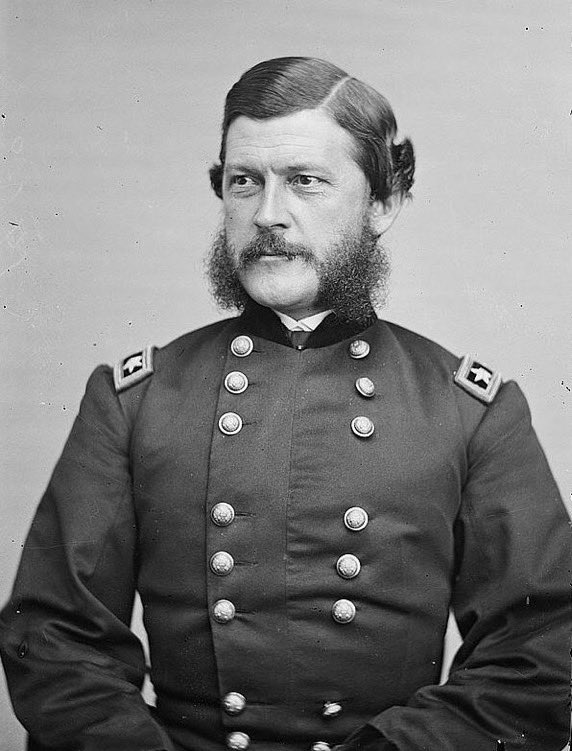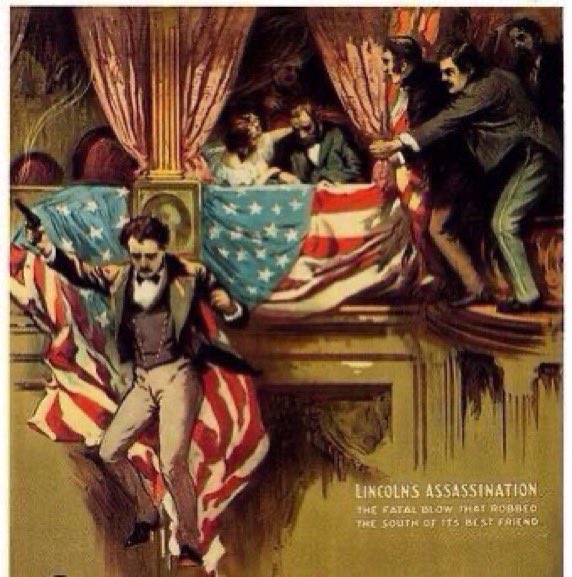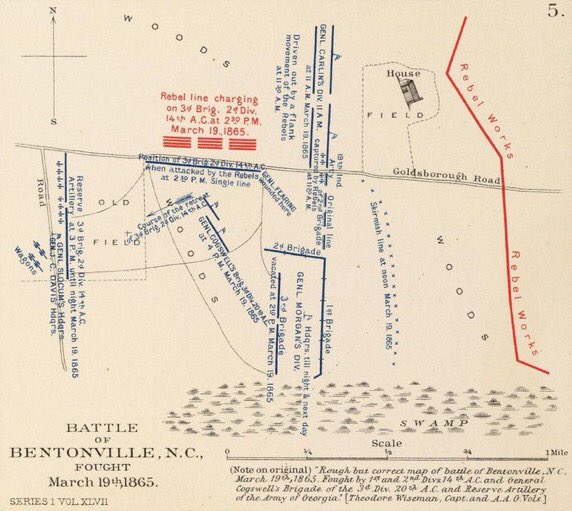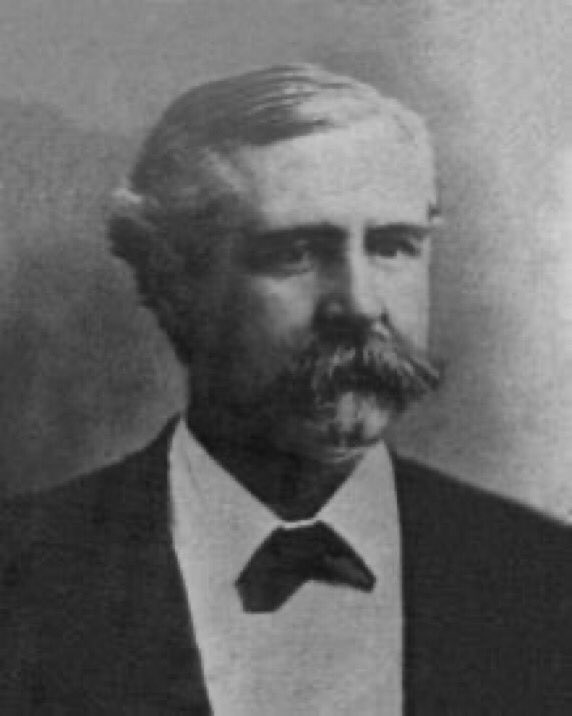There were no particularly notable confederates who passed away #OTD, so to honor #ConfederateHeritageMonth today, we wish a very happy birthday to General Ulysses S. Grant, conqueror of the confederacy. #CivilWar @USGrantNPS 



• • •
Missing some Tweet in this thread? You can try to
force a refresh

 Read on Twitter
Read on Twitter








































